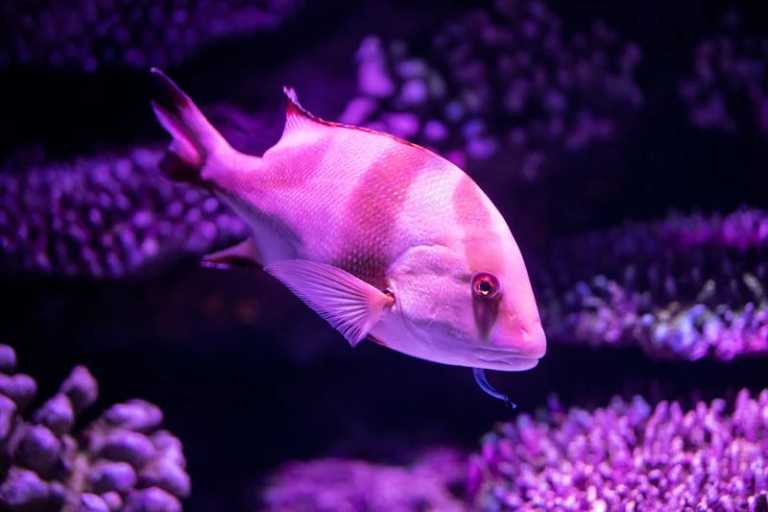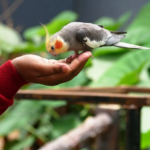Introduction:
Betta fish, also known as Siamese fighting fish, are captivating creatures cherished by aquarists worldwide for their vibrant colors and fascinating personalities. Providing them with a suitable habitat is crucial for their well-being and longevity. In this comprehensive guide, we’ll delve into the essentials of setting up a betta fish tank, with a special focus on incorporating goldfish plants and hello kitty goldfish for an aesthetically pleasing and enriching environment.
- Choosing the Right Tank:
When selecting a tank for your betta fish, opt for a spacious yet manageable size. A tank with a capacity of at least 5 gallons is recommended to ensure ample swimming space and water stability. Ensure the tank has a secure lid to prevent your betta from jumping out.
- Essential Equipment:
Invest in quality equipment to maintain a healthy aquatic environment. This includes a reliable filtration system to keep the water clean and aerated, a heater to maintain a stable temperature between 75-80°F (24-27°C), and a thermometer to monitor water conditions.

- Substrate and Decor:
Select a substrate that is soft and smooth to prevent injury to your betta’s delicate fins. Sand or fine gravel works well. Enhance the tank’s aesthetics and provide hiding spots for your betta by incorporating live or artificial plants. Goldfish plants, with their vibrant foliage and unique appearance, add a touch of elegance to the aquarium. Additionally, hello kitty goldfish decorations can infuse a playful charm into the setup, delighting both children and adults alike.
- Water Quality:
Maintaining pristine water quality is paramount for the health of your betta fish. Perform regular water changes, typically 25-50% weekly, to remove toxins and replenish essential minerals. Use a water conditioner to neutralize chlorine and chloramines present in tap water.
- Lighting:
Proper lighting is essential for the growth of live plants and the overall well-being of your betta fish. Opt for LED lights with adjustable brightness to mimic natural daylight cycles. Aim for a photoperiod of 8-10 hours per day to prevent overexposure to light.
- Feeding and Nutrition:
Offer your betta fish a varied diet consisting of high-quality pellets, flakes, and occasional treats such as freeze-dried or live foods. Ensure not to overfeed, as this can lead to obesity and health issues. Feed small amounts 2-3 times daily, removing any uneaten food to maintain water quality.
- Maintenance Routine:
Establish a regular maintenance routine to keep your betta fish tank in optimal condition. This includes weekly water changes, gravel vacuuming to remove debris, and periodic equipment maintenance. Monitor water parameters such as temperature, pH, ammonia, nitrite, and nitrate levels using a reliable test kit.

Conclusion:
Creating the perfect betta fish tank is a rewarding endeavor that requires careful planning and attention to detail. By incorporating goldfish plants and hello kitty goldfish decorations into your aquarium setup, you can create a visually stunning and enriching environment for your beloved betta. Remember to prioritize water quality, proper nutrition, and regular maintenance to ensure the health and happiness of your aquatic companion. With dedication and the right resources, you can provide your betta fish with a thriving habitat they’ll love to call home.


